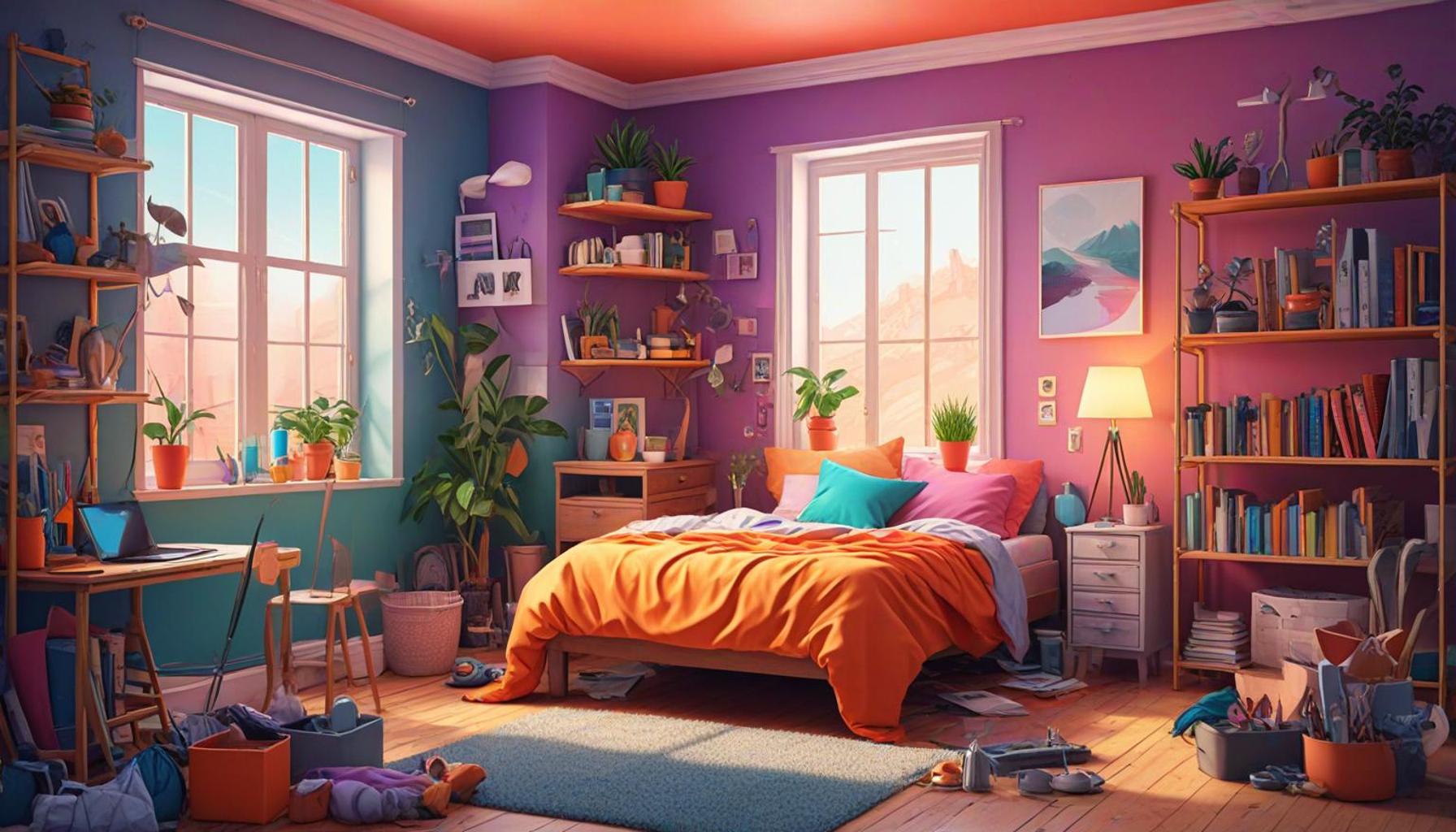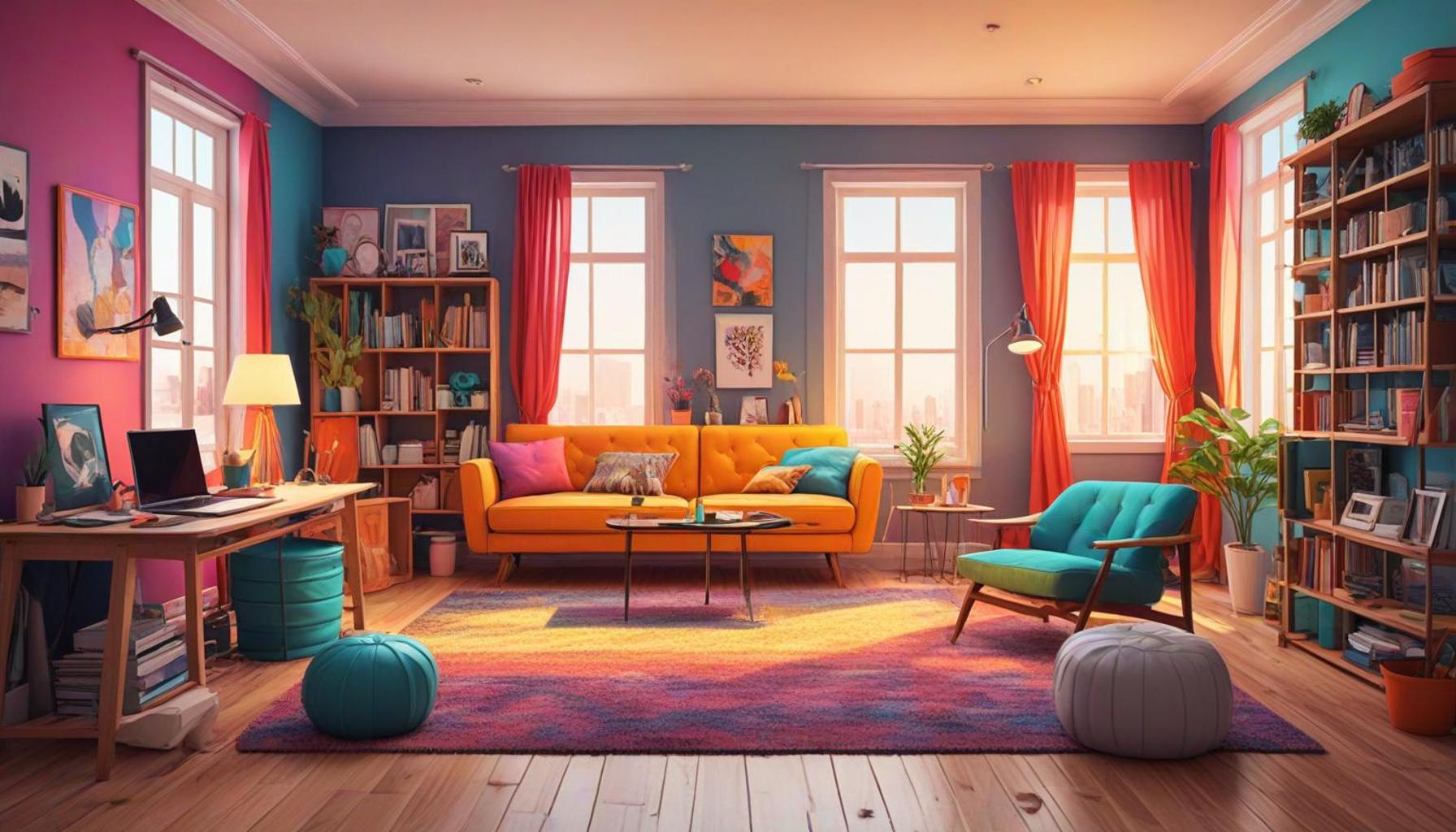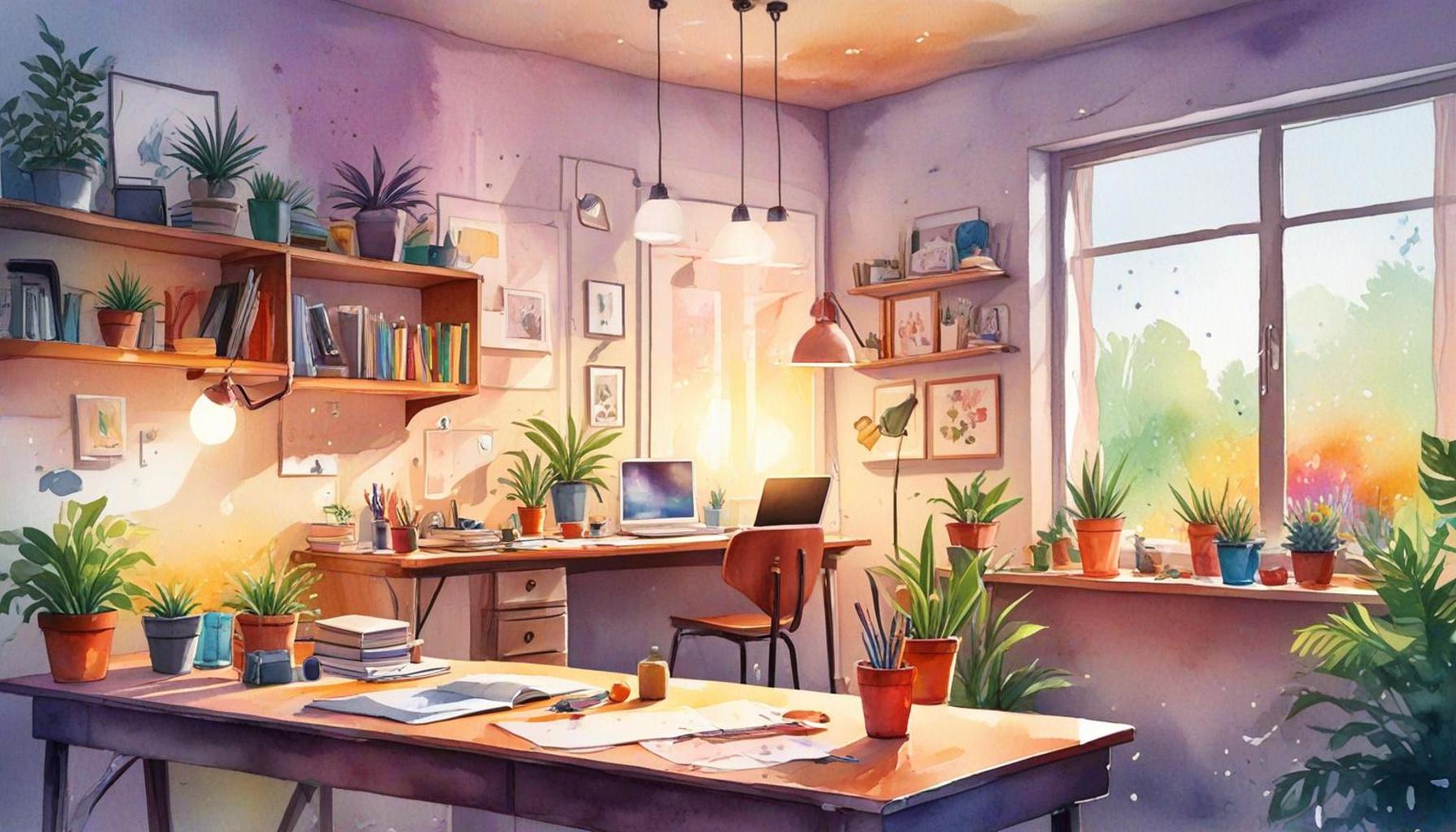The Evolution of Minimalism: Modern Trends in Organization and Lifestyle
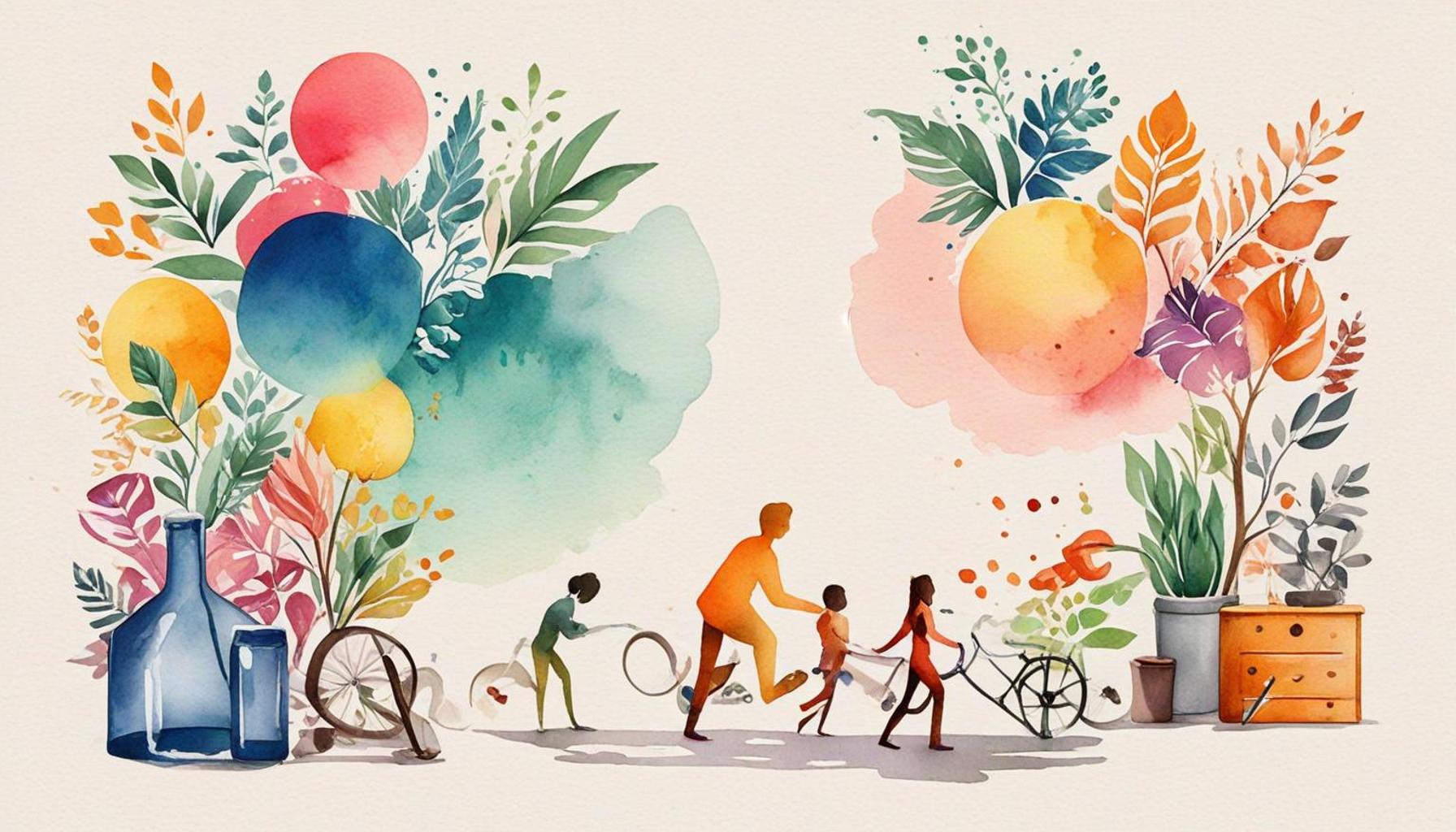
Understanding the Shift Towards Minimalism
In an increasingly consumer-driven society, the minimalism movement serves as a striking counterpoint, appealing to individuals yearning for simplicity and clarity in their lives. By focusing on quality over quantity, this lifestyle encourages a reclamation of personal space and time. The adoption of minimalism is more than just a trend; it’s a dramatic cultural shift towards prioritizing meaningful experiences over material possessions. Major influencers in this movement, such as Marie Kondo, have catalyzed this change, prompting countless people to reassess their relationship with their belongings.
Home Organization and the KonMari Method
The home organization aspect of minimalism has gained popularity through methods like the KonMari method, developed by Marie Kondo. This system emphasizes the idea of decluttering by asking individuals to keep only those items that “spark joy.” For example, many Americans find themselves overwhelmed by the excess clutter from years of accumulating items, especially clothing and household goods. By adopting the KonMari method, individuals often discover not only a more organized space but also a heightened appreciation for the items they choose to keep. This intentional curation fosters a sense of ownership and connection with one’s surroundings, resulting in a living space that feels both purposeful and serene.
Digital Minimalism: Streamlining Online Presence
Another vital area of minimalism is digital minimalism, which emphasizes the simplification of online engagements and reduced screen time. In an era defined by constant connectivity, many individuals are overwhelmed by endless notifications, emails, and social media pressures. Digital minimalism encourages practices such as deleting unnecessary apps, limiting social media usage, and setting specific times for digital engagement. For instance, tech advocate Cal Newport underscores the importance of being deliberate about online interactions, supporting the notion that a minimalist digital footprint can lead to increased productivity, improved mental health, and more time for meaningful pursuits. This movement is particularly relevant in the United States, where the average adult spends over 11 hours per day interacting with media.
Sustainable Living and Mindful Consumption
As minimalism continues to evolve, many adherents are merging it with sustainable living principles. This intersection advocates for eco-friendly practices that emphasize mindful consumption and a reduction in waste, following the guideline of “buy less, choose wisely.” For example, Americans are becoming more conscious of the environmental impact of fast fashion and are increasingly opting for ethical brands or second-hand purchases. They may also participate in community initiatives focused on recycling, upcycling, and sustainable gardening, reinforcing the idea that minimalism can lead to a more environmentally responsible lifestyle.
This evolution of minimalism is a reflection of a significant cultural shift toward intentional living—a necessary response to the fast-paced, often overwhelming nature of contemporary life. The appeal of minimalism lies in its promise to simplify complexities, thereby offering a pathway to a more enriching existence. As we explore these dimensions of minimalism further, the ways in which it shapes our environments and influences our overall well-being become even clearer, empowering individuals to embrace a simpler, yet highly fulfilling way of living.
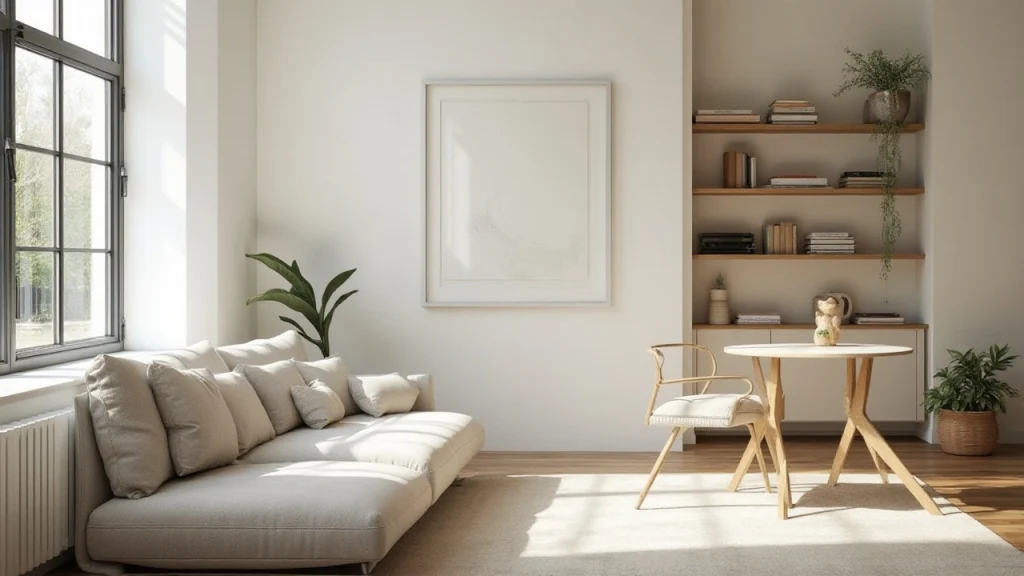
DISCOVER MORE: Click here to learn how simplicity can enhance your life
Modern Influences Reshaping Minimalism
As minimalism continues to gain traction across various sectors of society, its influence can be observed in diverse aspects of our daily environments and routines. The dynamic nature of this movement has led to new interpretations and applications, making minimalism more accessible and relatable to contemporary individuals. Today, the principles of minimalism have penetrated not just homes but also workplaces, wardrobes, and even travel habits, guiding a wider audience toward a less cluttered existence.
Workplace Minimalism: Enhancing Productivity
With remote work becoming a mainstay for millions of Americans, workplace minimalism has emerged as a vital trend aimed at increasing productivity and focus. Minimalist approaches in the workplace prioritize streamlined processes and decluttered physical and digital environments. Research indicates that overly cluttered workspaces can detract from focus and increase stress levels. By cultivating a minimalist workspace, individuals often report improved clarity and enhanced motivation. A few strategies include:
- Desk Organization: Keeping only essential items on a desk and utilizing storage solutions can significantly reduce distractions.
- Digital Workspaces: Organizing files into distinct folders and regularly purging unnecessary documents fosters an efficient workflow.
- Meeting Practices: Adopting clearer agendas and prioritizing brief, purposeful meetings can save time and streamline communication.
This evolution in workplace environments resonates with the growing need for companies and employees alike to cultivate spaces that foster creativity and well-being. With companies such as Google and Basecamp adopting minimalist principles to enhance their work environments, the shift towards a more intentional workplace is palpable.
Capsule Wardrobes: Simplifying Fashion Choices
Another compelling trend reflecting the evolution of minimalism is the concept of capsule wardrobes. This fashion movement encourages individuals to curate a limited collection of versatile clothing pieces that can be mixed and matched throughout the seasons. As consumers face overwhelming choices in fast fashion, the capsule wardrobe approach serves as a remedy against decision fatigue and overspending. This trend emphasizes the following key elements:
- Quality Over Quantity: Investing in high-quality, timeless pieces rather than transient fashion trends ensures longevity and sustainability.
- Personal Style: A curated wardrobe that reflects personal style can simplify daily outfit decisions, making personal expression easier and more enjoyable.
- Environmental Awareness: By reducing the number of clothing items purchased, capsule wardrobes align with sustainable practices, minimizing waste and promoting ethical consumption.
This method of personal styling resonates strongly with environmentally-conscious shoppers who recognize the impact of the fashion industry on global sustainability. As Americans increasingly gravitate toward ethical brands and second-hand options, capsule wardrobes serve as a practical application of minimalist principles.
The ongoing evolution of minimalism showcases a powerful blend of practicality and ideology, extending its influence into new domains of life. As individuals embrace these modern trends, the pursuit of a simplified, organized existence becomes not just an aspiration but an achievable reality. The principles of minimalism invite us to rethink our possessions and habits, leading to enhanced well-being and a more intentional lifestyle.
The Evolution of Minimalism: Modern Trends in Organization and Lifestyle
As society progresses, the essence of minimalism continues to evolve, reflecting our changing needs and values. No longer just a design aesthetic or a lifestyle choice, minimalism has become an integral part of the way individuals approach organization and stress management. In recent years, modern trends have innovatively intertwined minimalism with technology and sustainability.
Today, minimalism advocates not only for reducing physical clutter but also for digital decluttering. The rise of the digital age has brought about an overwhelming influx of information. Hence, being minimalist in the digital realm—through techniques like organizing email inboxes, decluttering digital files, and utilizing productivity apps—has become paramount. Embracing these practices, individuals can maintain clarity and focus, which markedly improves productivity and decreases anxiety.
Sustainability is another significant theme in contemporary minimalist lifestyles. The rise of eco-consciousness has encouraged people to view minimalism as a way to reduce waste and embrace quality over quantity. This shift involves favoring eco-friendly products and sustainable practices, as consumers seek to make mindful decisions that positively impact the environment.
| Category 1 | Category 2 |
|---|---|
| Digital Minimalism | Helps reduce information overload and enhances focus by prioritizing important tasks. |
| Sustainable Living | Encourages mindful consumption and prioritizes quality in goods to promote environmental health. |
The integration of technology into minimalist practices is not merely a trend; it represents a shifting perspective that values not only living with less but also living with more intention. As these modern trends in organization and lifestyle continue to develop, understanding their underlying philosophies will inspire readers to embrace minimalism as a tool for achieving design, sustainability, and mental clarity in our rapidly changing world.
DISCOVER MORE: Click here to learn how to simplify your daily routine
The Intersection of Technology and Minimalism
As minimalism permeates various aspects of life, its synergy with technology creates an intriguing intersection ripe for exploration. In today’s digital age, where notifications and updates buzz incessantly, individuals are increasingly embracing minimalist principles to reclaim their focus and time. The integration of technology in minimalism can be observed in several key areas, fostering a harmonious balance between simplicity and connectivity.
Digital Detox: Unplugging for Clarity
One modern trend gaining momentum is the concept of digital detox. The pervasive nature of smartphones and social media has led many to experience “digital overwhelm,” characterized by constant notifications and the pressure to respond. By opting to unplug from electronic devices for designated periods, individuals cultivate a clearer mental space. This approach promotes several beneficial strategies:
- Setting Boundaries: Establishing times when devices are put away allows individuals to engage in meaningful activities and foster deeper relationships without technological distractions.
- Social Media Minimalism: Curating feeds to include only enriching content can significantly enhance the quality of engagement and decrease feelings of inadequacy commonly tied to scrolling through cluttered platforms.
- Mindfulness Applications: Utilizing apps designed for meditation and mindfulness encourages users to incorporate minimalism into their daily routines, focusing on presence rather than on social updates.
Digital detox strategies highlight the importance of maintaining intentionality in our technology use, challenging the prevailing notion that more connectivity always equals better engagement.
Smart Home Solutions: Efficiency Meets Aesthetics
The rise of smart home technology embodies another trend within the modern minimalist movement. With the advent of devices designed to integrate seamlessly into homes, individuals can achieve a balance between functionality and aesthetic simplicity. Smart solutions like voice-activated assistants and automated lighting systems reduce clutter and enhance organization in significant ways:
- Easy Control: Smart devices allow users to control appliances and settings with just their voice or smartphone, minimizing the need for excess remote controls and switches.
- Energy Efficiency: Automated devices can help streamline energy usage, promoting eco-friendly habits while also reducing physical clutter.
- Streamlined Design: Many smart devices are designed with aesthetics in mind, ensuring that technology blends into the home environment rather than detracting from it.
This integration of technology offers a clear pathway for individuals seeking to create more organized and minimalist living spaces while still enjoying the benefits of modern conveniences.
The Rise of Minimalist Living Spaces
The minimalist lifestyle extends beyond personal organization and efficient work environments to encompass living spaces. As urban areas become increasingly populated, the trend towards smaller, more efficient living quarters is on the rise. The minimalist approach to housing not only focuses on reducing physical clutter but also emphasizes functionality, emphasizing the following elements:
- Multi-Purpose Spaces: Homes are designed to maximize utility, allowing rooms to serve multiple purposes to accommodate the increasing need for flexibility in living arrangements.
- Decluttered Interiors: Homeowners are encouraged to limit possessions to essentials that spark joy, a principle championed by minimalist decluttering guru Marie Kondo.
- Natural Elements: Incorporating natural light, greenery, and simple color palettes creates a calm atmosphere that promotes emotional well-being, aligning perfectly with minimalist ideals.
The transition toward minimalist living spaces reflects a broader cultural impulse to simplify life and focus on what truly matters. In this context, minimalism becomes more than an aesthetic choice; it evolves into an ethos that resonates with many as they seek balance and clarity in an increasingly chaotic world.
DISCOVER MORE: Click here to unlock essential tips
Conclusion: Embracing Minimalism in a Complex World
As we navigate through the complexities of modern life, the evolution of minimalism presents a compelling antidote to the chaos that often surrounds us. This shift towards simplicity is not merely an aesthetic choice but rather a profound lifestyle transformation that encourages individuals to prioritize what they truly value. From curating clutter-free living spaces to adopting technology in a mindful manner, the minimalist movement has permeated every facet of our lives, urging us to reclaim our time, focus, and emotional well-being.
The integration of digital detox practices highlights the necessity of disconnecting to foster deeper connections and mental clarity. As we strive for balance, smart home solutions serve as an invaluable asset in aligning functionality with simplicity, allowing individuals to enhance their living environments while minimizing distractions. Moreover, the rise of multi-purpose spaces not only meets the demands of urban living but also reflects a growing desire to find flexibility and beauty in our surroundings.
Ultimately, the modern trends in minimalism encourage us to reflect on our consumption habits and challenge societal norms that equate success with accumulation. As the movement continues to gain traction, it offers new perspectives on achieving a fulfilling life defined by intention rather than excess. By embracing minimalism, we are invited to rediscover clarity, purpose, and joy within the minimalistic framework—a timeless journey that many in the United States and beyond are eager to undertake.

